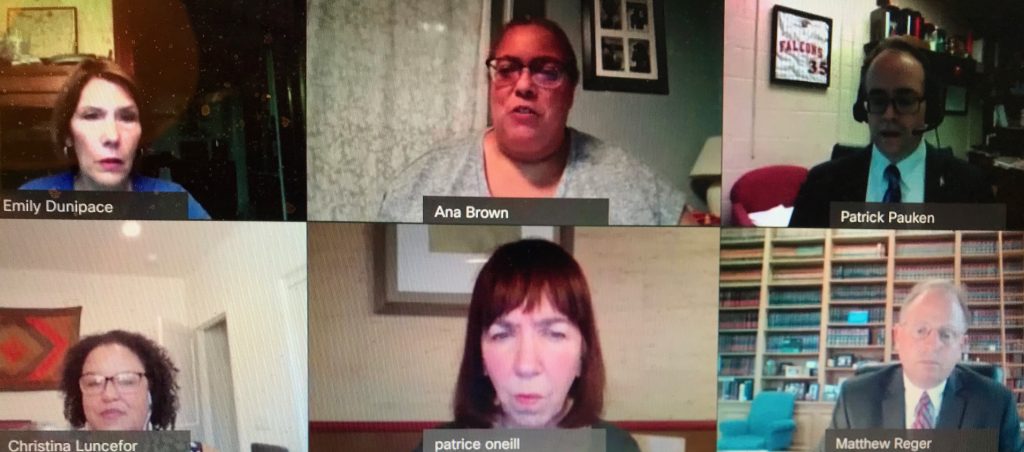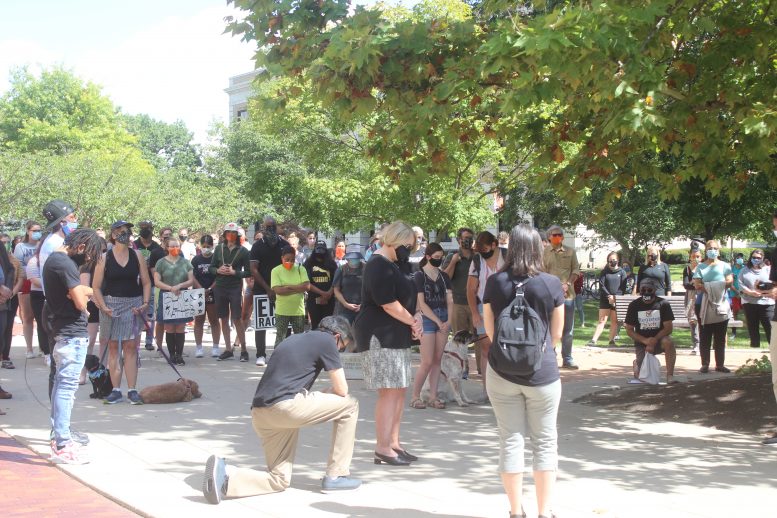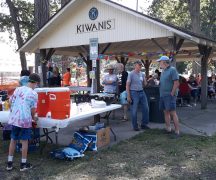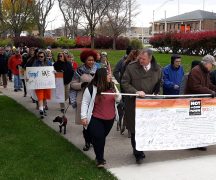By DAVID DUPONT
BG Independent News
Ask the courts, and they will tell you hate speech is free speech.
The answer outside the courtroom is not so simple.
Not In Our Town assembled a virtual panel of legal experts, scholars, and activists to discuss the ramifications of hate speech, and how to address it. (Click to watch entire 90-minute panel discussion.)

Patrice O’Neill, a filmmaker who launched the Not In Our Town movement, added yet another form of speech to the discussion – “dangerous speech.”
The term was coined 10 years ago by scholar Susan Benesch, who went on to found the Dangerous Speech Project.
Dangerous speech, O’Neill said, quoting the project’s website, is defined as: “any form of expression, speech, text, or images, that increases the risk that its audience will condone or participate in violence against members of another group.”
O’Neill explained that Benesch noted an increase in these kind of messages before mass murders, whether in Norway, New Zealand, or a synagogue in Pittsburgh. There’s a clear influence among the manifestos of mass murderers
The hallmarks of dangerous speech, O’Neill said, is it characterizes people of the targeted groups, whether ethnic, religious or LGBTQ, as insects, as “despised animals,” or cancer as a way of dehumanizing them.
It posits the targeted group is “a mortal threat,” making violence against them seem like a necessity.
One way to combat dangerous speech, she said, is to limit its dissemination. This would involve action taken by social media outlets, which are privately owned.
Another tactic is to undermine the credibility of the speakers, and to inform people about the nature of dangerous speech through groups such as Not In Our Town. “How do we inoculate each other to the dangers of dangerous speech?”
Common Pleas Judge Matt Reger in addressing free speech said the framers of the Constitution intended to establish a “marketplace of ideas.”
“That’s where truth comes out ,” he said. “Better ideas always win out in the marketplace of ideas.”
Even back then, he said, “the spread of wrong and illicit ideas was rampant.”
Litigation involving freedom of speech, as well as freedom of the press, didn’t start until the time of World War I when the government cracked down on anti-war sentiment.
The government cannot restrict speech based on content, Reger said. The exception is obscenity.
And there are limits on speech that is fraudulent, defamatory, or that incites lawless acts.
Christina Lunceford, a former professor and administrator at BGSU and now at Azusa Pacific University, said that often “universities and communities often respond to racism and hate speech with a position that centers a person’s right to free speech over the effect on individuals and members of the community.”
That happens even as schools say they value belonging, equity ,and inclusion. “Most universities operate out of a fear of being penalized for restricting speech.”
In doing so they fail to take adequate preventive measures.
She discussed how the University of Florida handled an appearance of white nationalist Richard Spencer. At first he was forbidden from speaking because it was deemed to be disruptive coming shortly after the conflict during protests, which he’d organized, of white supremacists in Charlottesville, Virginia.
When they did have him on campus, she said, “they did a great job countering his hate speech.”
They made it clear he was not welcomed, and administrators were transparent in why they were required to host the event. “We have to counter with an alternative message.”
Pat Pauken, who teaches law for future educators at BGSU, noted that in the landmark case Tinker v. Des Moines there were two prongs established as to when speech could be banned.
One is if it posed a substantial disruption of the educational process. The second, less used, is if it collides with the rights of others.
This raises the question of whether there are “some internal injuries from this kind of speech.”
He added: “We know so much more about mental health especially of young people. Attacks via speech that lead to mental health issues could also be looked at as a form of violence.”
Rebecca Skinner Green, director of the Africana Studies, said that universities should be addressing these issues.
That includes confronting “the baggage we bring along with it.”
She referenced her colleague Michael Brooks’ book “The Ku Klux Klan in Wood County, Ohio.” At its height in the early part of the 20th century, the Klan had 1,400 members here. “We have a history,” she said.
History has led some countries in Europe, notably Germany, to take a harder line on hate speech.
Early this semester, Green helped organize a rally after a university groundskeeper made a racist statement on Facebook.
That statement, she said, was deemed unacceptable because it incited violence.
In a university setting, she said, “we are in a position of being able to bring forward this communication about what’s going on, what our rights are.”
Students of color and LGBTQ need support, she said, so “they can study, play, and live their lives.”





